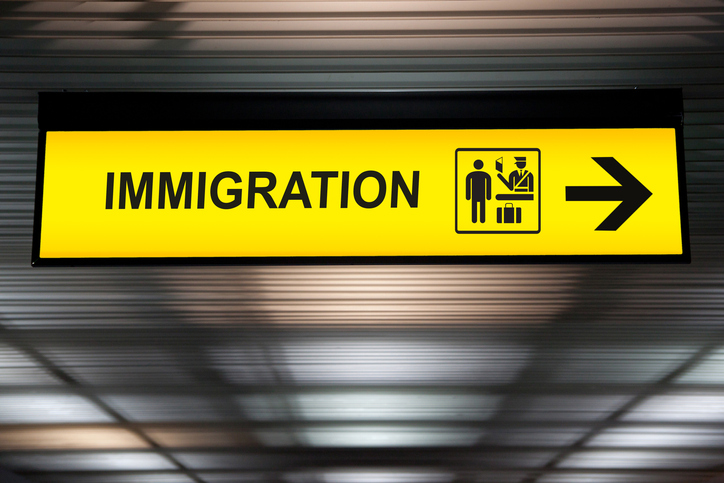Translating immigration documents can be a complex and important task, as the accuracy of the translation can have significant consequences for the individual or organization seeking to submit them. In this article, we will provide a general overview of the process of translating immigration documents, including some tips and resources that can help ensure the accuracy and reliability of the translation.
Before we dive into the details of the translation process, it’s important to understand the context in which immigration documents are typically used. Immigration documents are typically used by individuals or organizations seeking to enter, exit, or reside in a foreign country. These documents may include visas, passport applications, naturalization papers, and other types of identification or documentation.
The first step in translating immigration documents is to identify the purpose of the translation and the specific requirements for the translation. This may involve contacting the immigration authorities in the relevant country or consulting with a translator or translation agency. It’s important to ensure that the translation meets the requirements of the immigration authorities, as the translation may need to be notarized or certified in order to be accepted.
Once you have a clear understanding of the requirements for the translation, the next step is to select a translator or translation agency. There are many factors to consider when selecting a translator, including their expertise in immigration-related terminology, their knowledge of the relevant language and culture, and their track record of producing accurate and reliable translations.
One resource that can be helpful in finding a qualified translator is translate-me.co.uk, a UK-based translation agency that specializes in immigration-related translations. Translate-me.co.uk offers a range of services, including translation of visas, passports, naturalization papers, and other immigration documents. The agency also offers certified translations, which are often required for official purposes such as submitting documents to immigration authorities.
Once you have selected a translator or translation agency, the next step is to provide them with the documents that need to be translated. It’s important to provide clear and concise instructions to the translator, including any specific requirements or formatting guidelines. It’s also a good idea to provide any relevant context or background information that may help the translator better understand the content of the documents.
Once the translator has received the documents, they will begin the translation process. This typically involves translating the documents word-for-word, while also ensuring that the meaning and context of the original documents are preserved. The translator may also need to consider cultural differences and nuances when translating the documents, as the language and terminology used in immigration documents may vary from one country to another.
The final step in the translation process is to review and proofread the translated documents. This is an important step, as it helps to ensure the accuracy and reliability of the translation. It’s a good idea to have the translated documents reviewed by a second translator or someone with expertise in the relevant language and culture, as this can help identify any errors or inconsistencies that may have been missed during the initial translation.
In summary, translating immigration documents can be a complex and important task. By following these steps and using resources such as translate-me.co.uk, you can help ensure that your immigration documents are accurately and reliably translated, which can be crucial for the success of your immigration application or other related purposes.
Sign in today at https://app.translate-me.co.uk/signup/

